PROTECT YOUR DNA WITH QUANTUM TECHNOLOGY
Orgo-Life the new way to the future Advertising by AdpathwayI’ve written extensively about dynamo hubs over the years, but new data from the Skjegg Blogspot has uncovered a remarkable depth of insight into the real-world performance of these hubs, especially when it comes to output power and drag.
This latest round of testing pairs four popular dynamo hubs with a variety of dynamo lights and USB chargers, with power and drag measurements taken from 0 to 30 km/h. And the results? Surprisingly varied. It turns out that even a standard 6-volt, 3-watt dynamo hub can behave very differently depending on how it’s used.
The results in these tests reveal some very important information about how to best pair dynamo hubs with different dynamo lights and USB chargers. So if you’re curious about how to get the most light or charge for the least effort, this one’s worth sticking with.
This is going to be a technical deep dive, but if data isn’t your thing, feel free to scroll down to the conclusions – they’ll give you the most important takeaways for optimising your hub dynamo setup.
This article was originally published in April 2020 but has been updated in June 2025.
Dynamo Hubs Tested

SON 28 Classic (Pic 1): The SON 28 Classic has long set the benchmark for dynamo hub efficiency and reliability. Hand-built in Germany and using high-grade SKF bearings, it’s engineered to last tens of thousands of kilometres with minimal maintenance. At over US $280, it’s the most expensive hub in this test, so the question is, does its real-world performance justify the price?
Shimano DH-UR700 (Pic 2): Shimano’s latest premium dynamo hub, the UR700, is a big step forward. A new alloy axle keeps the weight down to just 477 grams, making it the lightest Shimano dynamo hub to date. It also delivers excellent low-speed power, which could be a game-changer for off-road riders.
Shimano DH-3D32 (Pic 3): The 3D32 is Shimano’s older and more affordable hub, so affordable that you could buy nearly three of them for the price of a SON 28. But all that value comes with a catch: it weighs a hefty 685 grams, making it the heaviest hub in this test. Still, it has a strong reputation for durability. Let’s see if it can punch above its weight when it comes to performance.
Shutter Precision PD-8 (Pic 4): The SP PD-8 has gained a loyal following thanks to its competitive price (US $133) and class-leading low weight of 410 grams. That makes it the lightest hub in this group. It’s also one of the more compact options and is available in a wide range of axle standards. But how does it perform in terms of drag and power output?
You can learn everything I know about dynamo hubs HERE.
Dynamo Lights Tested

kLite Bikepacker Ultra V2 (Pic 1): The kLite Ultra is the brightest dynamo light currently available, pumping out an impressive 1300 lumens at 25 km/h. It comes in two beam patterns: a long, narrow beam ideal for road riding, and a short, wide beam for off-road trails. Handmade and ultra-durable, it’s a staple in the ultra-endurance scene. At around US $330, it’s not cheap – but it’s proven, powerful, and built to last.
Busch & Müller IQ-X (Pic 2): With a 300 lumen output and a crisp, road-legal StVZO beam pattern, the IQ-X is one of the best dynamo lights for on-road use. Its beam is wide, bright, and shaped to avoid dazzling oncoming traffic, making it ideal for urban and rural roads alike. It’s less suited to technical trails but is hard to beat for road cycling. At US $129, it’s a premium light with a very polished performance.
Supernova E3 PURE 3 (Pic 3): Beautifully crafted in Germany, the Supernova E3 PURE 3 delivers 170 lumens in a compact, waterproof (even submersible!) housing. Weighing just 90 grams, it’s a minimalist’s dream. It meets StVZO regulations and comes with a five-year warranty. Note that this model doesn’t include a switch – for that, check out the E3 PRO 2.
Spanninga Nomad (Pic 4): The Spanninga Nomad is a budget-friendly city light that outputs around 100 lumens, roughly a third of what the IQ-X produces. Its beam is short and modest, making it best suited to slower speeds in well-lit urban environments. It won’t light up dark trails, but for city commuting, it gets the job done at a fraction of the cost.
You can read everything about the best dynamo lights for bicycle travel HERE.
Dynamo USB Chargers Tested

kLite USB (Pic 1): Designed specifically for backcountry use, the kLite USB prioritises reliability over raw power. Its minimalist design features thick internal wiring, full waterproofing, and smoothing capacitors that deliver an ultra-consistent power supply to your devices, even in challenging conditions.
Igaro D1 (Pic 2): The Igaro D1 is a compact, discontinued USB charger made in the UK. Housed in a lightweight titanium body with IP69-rated waterproofing, it’s built for rugged use in an ultralight package.
B&M USB Werk (Pic 3): One of the earliest and most well-known USB dynamo chargers, the USB Werk includes a small built-in buffer battery. This battery helps maintain a steady charge, briefly topping up your device while you coast downhill or stop at lights.
Spanninga Nomad (Pic 4): The Spanninga Nomad is a dynamo headlight with a twist: it includes an integrated USB charger. While it’s one of the most affordable and compact all-in-one solutions, we’ll soon see whether it can deliver a practical charge on the road.
You can read my detailed resource covering the best dynamo USB chargers HERE.
The Lab Test
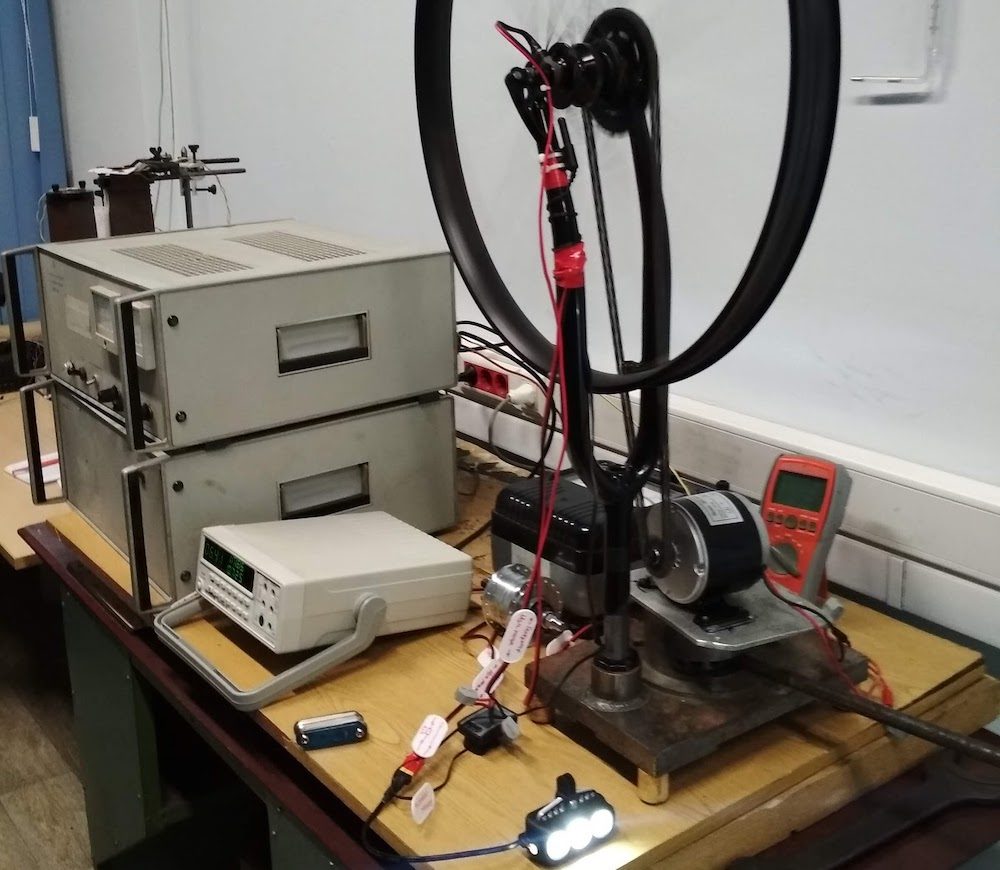
Skjegg’s test rig consists of a dynamo front wheel mounted in a fork, which is clamped onto a heavy steel plate. Instead of a disc rotor, a cog is attached to the hub and connected via a chain to an electric motor also mounted on the plate.
This motor is powered by a laboratory-grade DC power supply, allowing precise control over wheel speed by adjusting the voltage. Speed is tracked with a bike computer, while voltage is measured with a multimeter. By multiplying voltage and current, the power required to spin the wheel at each speed can be accurately calculated.
Power outputs from dynamo lights and USB chargers were measured to a resolution of 0.1 W, with speed measured to 0.1 km/h.
Drag was not measured directly at the hub, but indirectly via the electric motor. To isolate the drag produced by each dynamo hub, Skjegg first established a baseline by testing a standard, non-dynamo hub, allowing him to subtract the system drag (including chain, cog, and bearing losses) from each measurement.
Given small variations in chain tension between tests, drag figures are accurate to within ±1 watt.
It’s worth noting that this test used quick-release hubs only. Results may differ for thru-axle or fat bike dynamo hubs, as these often use different magnet configurations.
If you would like to read more about how Skjegg conducted his test, please go to part three of his original article HERE.
Dynamo Drag: Lights vs Resistors
The FahrradZukunft dynamo test I previously analysed used an electrical load resistor (rather than an actual light or USB charger) to measure drag across different hubs. While this method provides a general benchmark, Skjegg points out that it doesn’t reflect real-world conditions accurately.
As shown in the graph above, a dynamo light and a resistor can draw the same amount of power, yet produce very different levels of drag. That’s why the drag values presented here are more meaningful – they’re based on actual dynamo lights and USB chargers, not simulated loads.
Maximum Power Point Tracking (MPPT)
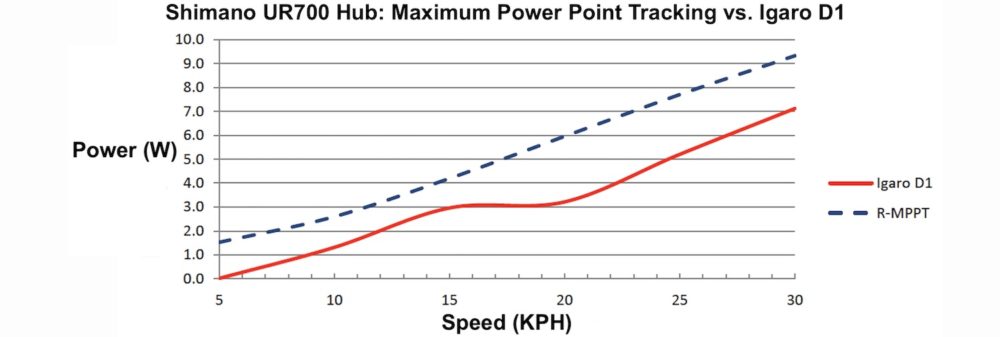
Another interesting insight from Skjegg was the maximum power available at different speeds from the Shimano UR700 hub. While dynamo hubs can technically produce more power, this data shows the maximum power output with the minimum possible drag – essentially, the hub’s most efficient operating point.
Using a rheostat, Skjegg manually adjusted the resistance to pinpoint the Maximum Power Point (MPP) at various speeds. The results highlight a significant gap between the output of the Igaro D1 USB charger and the hub’s MPPT, often showing up to 50% more power available from the hub than what the charger is actually drawing.
MPPT of a UR700 Hub vs. Forumslader V6 USB Charger
5 km/h – 1.5W (MPPT) and 0.5W (Forumslader V6)
10 km/h – 2.6W (MPPT) and 2.0W (Forumslader V6)
15 km/h – 4.2W (MPPT) and 2.8W (Forumslader V6)
20 km/h – 6.0W (MPPT) and 4.7W (Forumslader V6)
25 km/h – 7.7W (MPPT) and 7.1W (Forumslader V6)
30 km/h – 9.1W (MPPT) and 7.0W (Forumslader V6)
Right now, the greatest potential for improvement in charging lies at lower speeds, particularly between 5 and 10 km/h, where we’re only extracting 17–65% of the hub’s available power.
In contrast, once speeds exceed 15 km/h, most charging setups are already achieving 80% or more of the hub’s maximum potential output.
MPPT vs Drag
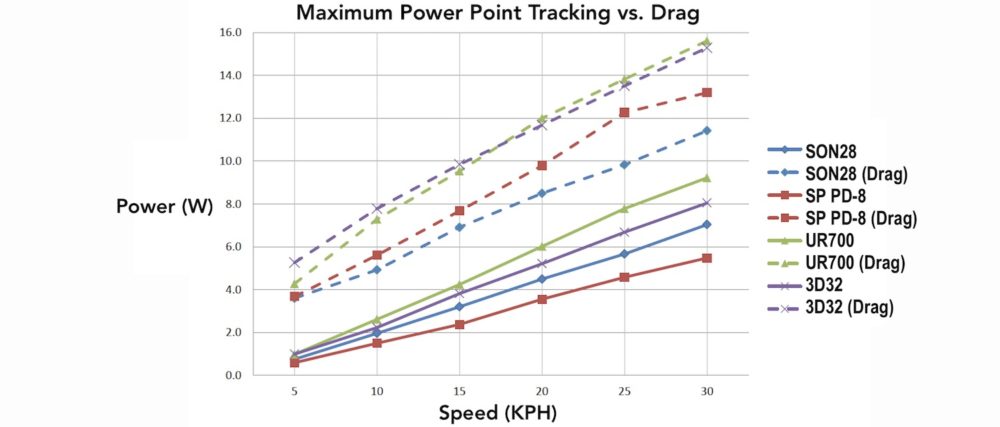
Skjegg also identified the Maximum Power Point Tracking (MPPT) for all four hubs. The results show that the Shimano hubs (both the UR700 and the 3D32) deliver the highest output power, followed by the SON 28 and then the SP PD-8.
When he plotted MPPT against hub drag, an interesting trend emerged: the Shimano UR700, despite generating more potential power than the 3D32, can actually run with slightly less drag – a welcome improvement.
The SON 28 showed the smallest gap between output power and drag, making it the most efficient hub overall. On the other end, the SP PD-8 produced the least power and exhibited relatively high drag, especially above 20 km/h.
Dynamo Hub Drag: No Electronics
Light/USB Switched Off @ 10 to 30km/h
SON 28 — 1.4 to 1.9w drag
SP Dynamo — 1.9 to 5.2w drag
Shimano UR700 — 1.4 to 4.5w drag
Shimano 3D32 — 1.9 to 4.3w drag
This test measures the additional resistance (drag) your dynamo hub creates when nothing is connected.
Between 5 and 10 km/h, all hubs perform similarly, with drag differences within 0.5 watts. But by 15 km/h, performance starts to diverge: the SON 28 already shows 1.1 watts less drag than the SP, the least efficient hub.
As speed increases, so do the differences. At 30 km/h, the SON 28 runs with 3.3 watts less resistance than the SP, and 2.5 watts less than the Shimano hubs – a significant margin for riders aiming to maximise efficiency.
Results: Hub Dynamos With Lights
kLite Bikepacker Ultra V2
The Shimano UR700 hub produces the most light between 5 and 18 km/h, reaching peak brightness at 20 km/h. From 17.5 to 22 km/h, the SON 28 and 3D32 take the lead, each maxing out at around 20 km/h. Above 22 km/h, the SP PD-8 becomes the most powerful hub, eventually delivering 35% more output than the SON 28.
While the SON 28 has the lowest drag at maximum power (18 watts), the difference isn’t dramatic. However, the UR700 shows significantly higher drag at low speeds, but in return, you get 10 to 25% more light in that range. The SP PD-8, on the other hand, demands serious effort at full brightness, with drag reaching a whopping 24.5 watts. If you want a blazing light, you’ll have to push hard for it.
Looking at average lighting efficiency between 10 and 30 km/h:
SON 28: 42.6%
Shimano 3D32: 38.2%
SP PD-8: 32.7%
Shimano UR700: 31.3%
Busch & Muller IQ-X
Once again, the UR700 delivers the most light output up to 12.5 km/h — but it comes with a cost: drag is significantly higher, reaching 14.5 watts at just 15 km/h. In contrast, the 3D32 performs exceptionally well at 15 km/h and maintains relatively low drag at higher speeds, making it a solid all-rounder.
The PD-8 produces the least light until around 18 km/h, but then takes the lead above 20 km/h. However, this comes with notably high drag. At speeds over 20 km/h, the SON 28 runs with 3 to 4 watts less drag than both the PD-8 and UR700 hubs, despite the PD-8 only delivering about 10% more light in that range.
Looking at average lighting efficiency between 10 and 30 km/h:
SON 28: 42.1%
Shimano 3D32: 39.2%
SP PD-8: 34.0%
Shimano UR700: 30.8%
Supernova E3 Pure 3
This light is clearly optimised for speeds above 25 km/h, as it produces relatively low power at slower speeds. The upside is that drag remains minimal at low speeds due to the reduced power output.
Among the hubs, the Shimano UR700 extracts the most from the light across all speeds, maximizing brightness even when others fall short. However, between 25 and 30 km/h, the SON 28 and 3D32 offer the best overall performance when balancing both brightness and drag.
Average lighting efficiency between 10 and 30 km/h:
SON 28: 43.6%
Shimano 3D32: 39.7%
Shimano UR700: 33.0%
SP PD-8: 32.2%
Spanninga Nomad
The output power of this light is quite low – just 40% of what the B&M IQ-X delivers. It’s clearly optimised for city riding, with peak brightness reached around 10 km/h on all hubs tested. While it doesn’t suit high-speed touring, it’s efficient where it matters for urban use.
When comparing hubs at equal brightness, the SON 28 consistently runs with 30–50% less drag than the others, making it the most efficient choice by far.
Average lighting efficiency between 10 and 30 km/h:
SON 28: 45.9%
Shimano 3D32: 31.5%
SP PD-8: 26.7%
Shimano UR700: 24.4%
Results: Hub Dynamos With USB Chargers
kLite Bikepacker
The Shimano UR700 performs well at lower speeds, delivering 1-2 watts more charging power than the SON 28. However, the SP PD-8 requires a relatively high average speed (around 18 km/h) just to meet the minimum smartphone charging threshold of 2.5 watts. Notably, the Shimano hubs are the only ones capable of charging a device with the kLite system below 10 km/h.
Despite this, the SON 28 stands out with significantly lower drag than the SP PD-8 while still producing more power overall – a rare combination of efficiency and performance.
Average charging efficiency between 15 and 30 km/h:
SON 28: 60.2%
Shimano 3D32: 44.5%
Shimano UR700: 39.8%
SP PD-8: 31.9%
Igaro D1
The power and drag curves for most hubs are a bit unusual, except for the SP PD-8, which behaves more predictably. The D1 USB charger pairs especially well with the SON 28, achieving an impressive 84% charging efficiency at 20 km/h.
To reach the minimum smartphone charging threshold of 2.5 watts, you’ll need to maintain at least 13 km/h with the UR700, and up to 17 km/h with the SP PD-8. The Shimano UR700 can output 2–3 additional watts at 30 km/h, though this comes with significantly more drag.
Average charging efficiency between 15 and 30 km/h:
SON 28: 59.9%
Shimano 3D32: 43.9%
Shimano UR700: 40.5%
SP PD-8: 33.5%
B&M USB Werk
The USB Werk requires speeds of 13 km/h (with the Shimano 3D32) to 17.5 km/h (with the SP PD-8) to reach the smartphone charging threshold of 2.5 watts.
While maximum power output at 30 km/h is fairly consistent across hubs, the SON 28 stands out with around 40% less drag compared to the others. It’s clear that the USB Werk has been optimised with the SON 28 in mind, offering a solid balance of moderate power and minimal drag.
Average charging efficiency between 15 and 30 km/h:
SON 28: 48.5%
Shimano 3D32: 39.3%
SP PD-8: 31.7%
Spanninga Nomad
This charger isn’t particularly useful until you’re riding at 17 to 21 km/h, where it finally reaches the smartphone charging threshold of 2.5 watts. However, between 20 and 30 km/h, it performs impressively, delivering more power than most competing options.
That said, pairing it with the Shimano UR700 results in disproportionately high drag relative to the power output. If you’re choosing between Shimano hubs, the 3D32 is clearly the better option in this case.
Average charging efficiency between 15 and 30 km/h:
SON 28: 56.9%
Shimano 3D32: 43.6%
Shimano UR700: 38.6%
SP PD-8: 34.4%
Which Dynamo Hub Is The Best?
SON 28
The SON 28 stands out as the most efficient dynamo hub across the board, earning its reputation as the undisputed king in this category. It consistently delivers the second- or third-highest power output in all tests, all while running with the lowest drag. With a charging efficiency of around 57%, it’s in a league of its own.
On top of that, SON hubs are known for their exceptional reliability, featuring premium SKF sealed bearings that help them run smoothly for over 50,000 km. While they come with a premium price tag, I believe they offer excellent value given their class-leading performance.
Shimano UR700
The Shimano UR700 consistently delivers the highest power output at speeds between 5 and 15 KPH (3–9 MPH), making it a strong contender for off-road or mountainous routes where you’re often riding slowly. It’s also one of the best hubs for charging devices, especially at lower speeds.
The trade-off, however, is drag – while it’s powerful, it’s not the most efficient. In fact, the SON 28 often runs with around 50% less drag, which can make a noticeable difference on long rides.
Shimano UR700 Quick Release – US $152 (Amazon Special HERE)
Shimano UR705 12mm Thru Axle – US $164 (Amazon Special HERE)
Shimano 3D32
The Shimano 3D32 offers outstanding performance for its price. When you balance both power output and drag, this budget-friendly hub ranks second only to the SON 28 in most scenarios, with a respectable charging efficiency of around 44%.
If you’re deciding between Shimano hubs, the DH-3D32 is the one to go for, provided your average speed is above 18 KPH and you’re not concerned about the extra 200+ grams of weight.
Shimano S501 Quick Release (same internal unit & performance) – US $131 on Amazon HERE)
SP Dynamo Hubs
 SP dynamo hubs showed poor results in this test; however, they are typically affordable and reliable.
SP dynamo hubs showed poor results in this test; however, they are typically affordable and reliable.The SP PD-8 performs best at high speeds, delivering the most power when paired with lights like the kLite Bikepacker Ultra and B&M IQ-X. However, its overall results are less impressive, particularly when used with a USB charger, where it produces the least power of all the tested hubs and averages just ~34% charging efficiency.
That said, power and drag are only part of the story. SP hubs still have a lot going for them: they’re known for being reliable, lightweight, and significantly more affordable. The 15 mm thru-axle version, for instance, costs about half as much as a SON 28 ($190 vs $420).
SP SD-8 Quick Release – US $133 on Amazon
SP PL-8X 15mm – US $190 on Amazon
Note: You can support this website by purchasing dynamo hubs through Amazon. I make a small commission on any sales, at no cost to you!
Summary
This data really illuminates (pun intended) the differences between dynamo hubs. I’m genuinely surprised by the results – I hadn’t realised just how much variation there is in both drag and power output across different hubs.
Until now, the differences between dynamo hubs have remained somewhat unclear. That’s largely because most lab tests have used the SON 28 exclusively for power generation. On top of that, earlier dynamo light tests typically used electrical load resistors to simulate power draw, rather than testing with real-world lighting setups. But as Skjegg Blogspot has demonstrated, hub drag increases significantly when an actual light is connected.
It turns out Shimano and SP hubs produce more drag than I previously thought. I’ve often said dynamo hubs operate at around 50–60% charging efficiency, but this new data reveals that only the SON 28 reaches that level, clocking in at 57%. In contrast, Shimano hubs range from just 39 to 44%, and the SP hub comes in even lower at 34%.
To put it into perspective: if you’re generating 4 watts of USB power, using an SP PD-8 instead of a SON 28 could result in over 5 watts of additional hub drag. That’s quite substantial.


 4 weeks ago
6
4 weeks ago
6
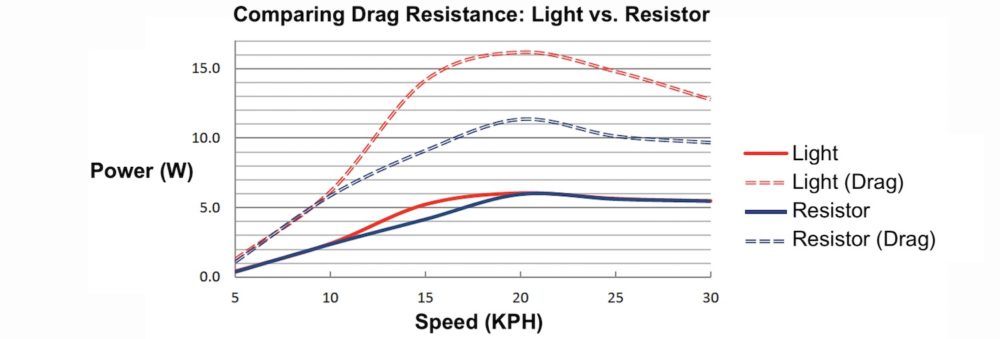
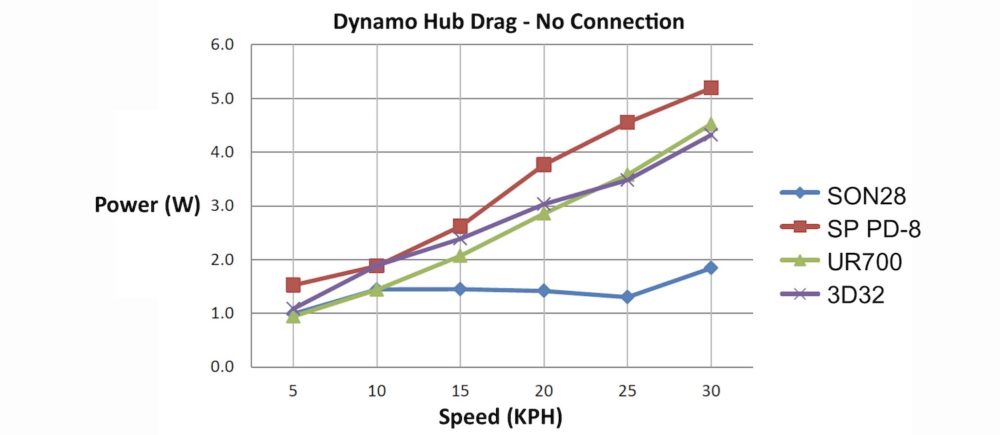
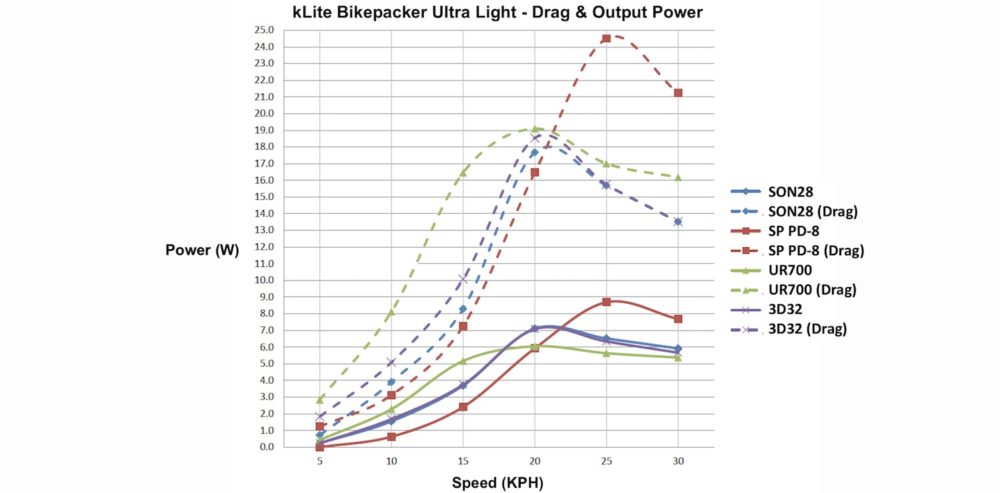
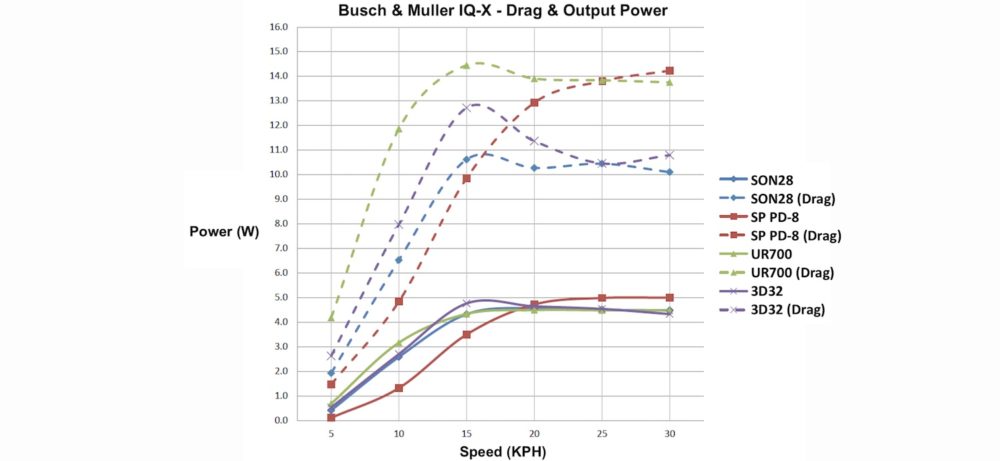
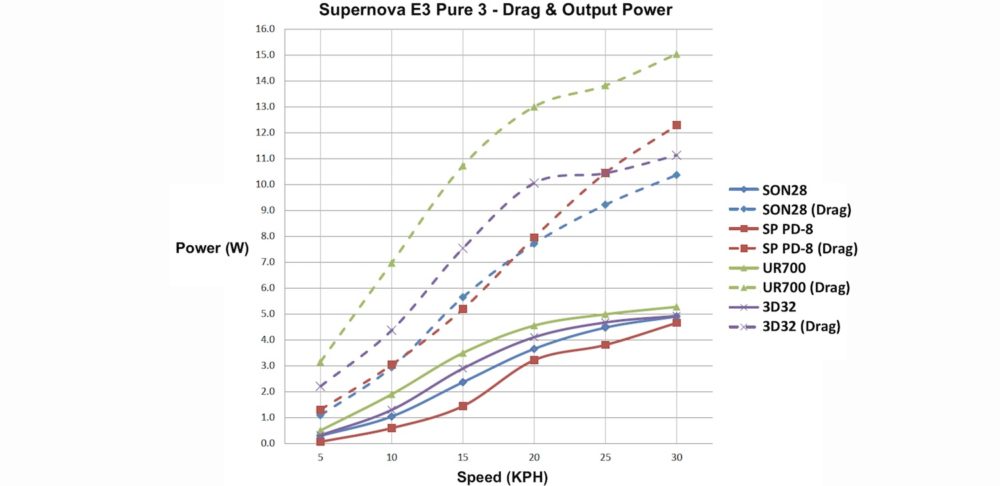
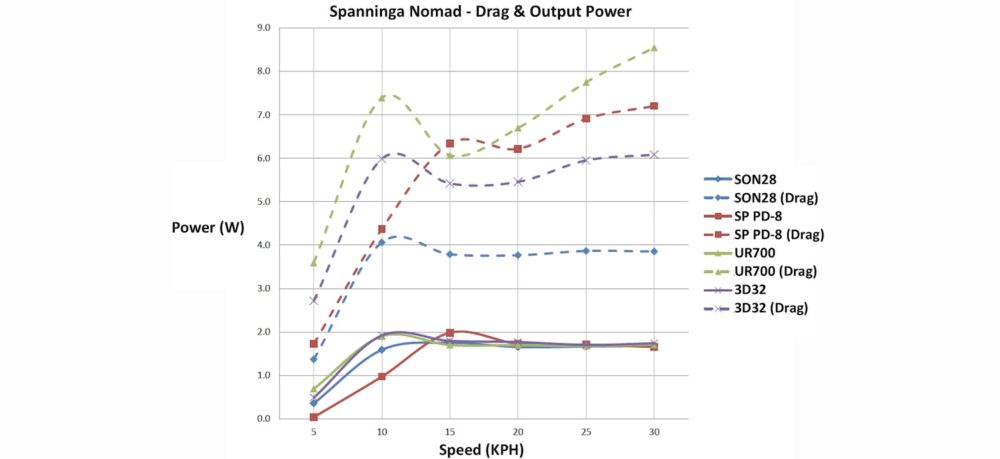
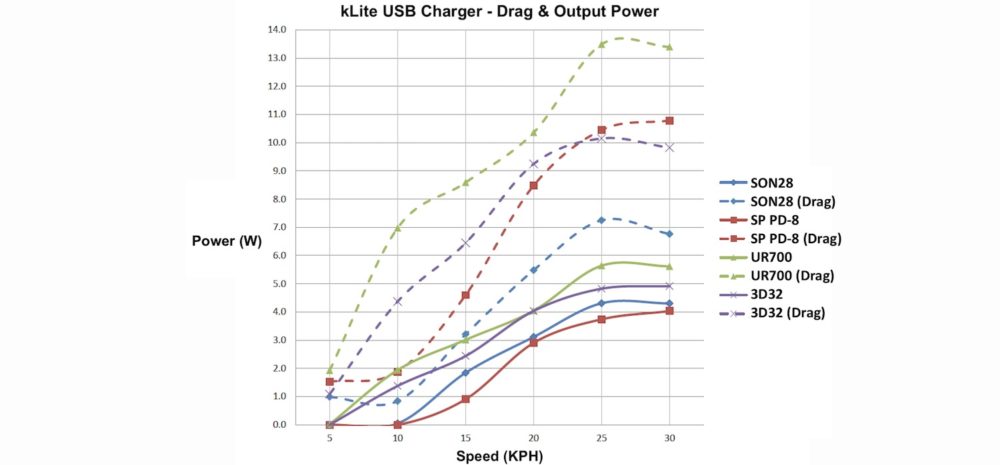
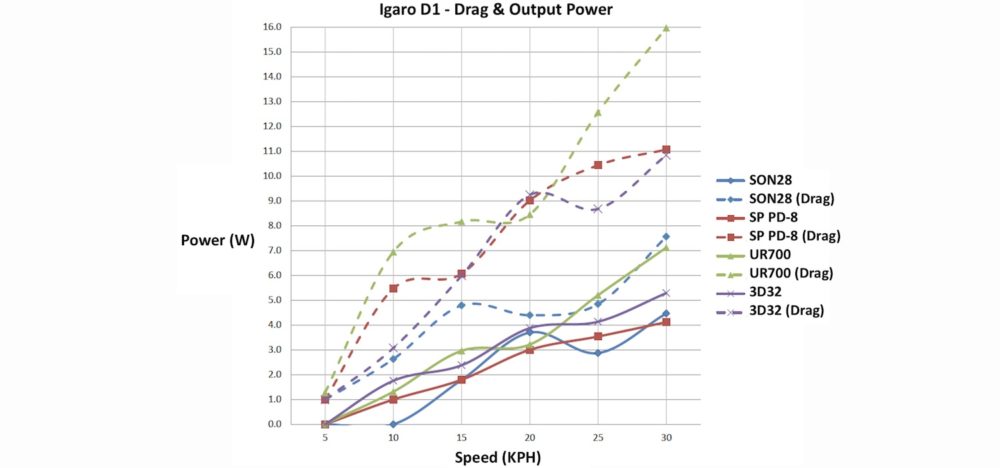
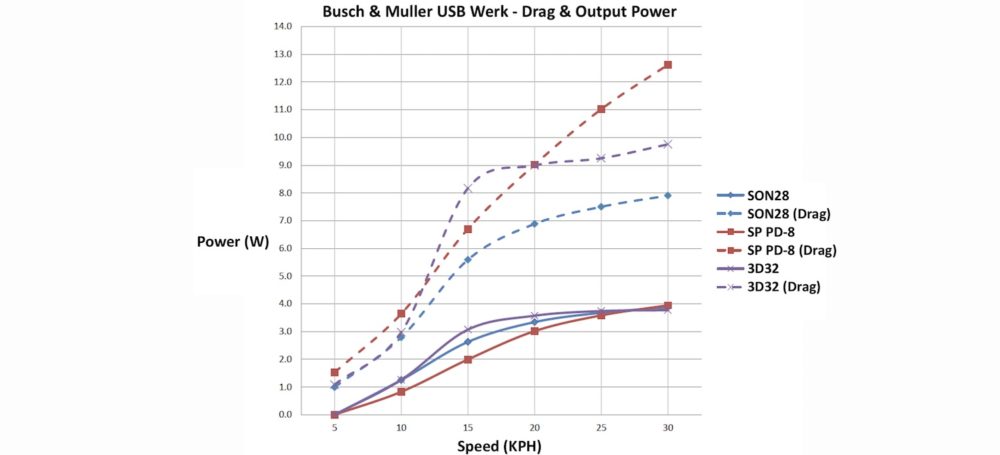
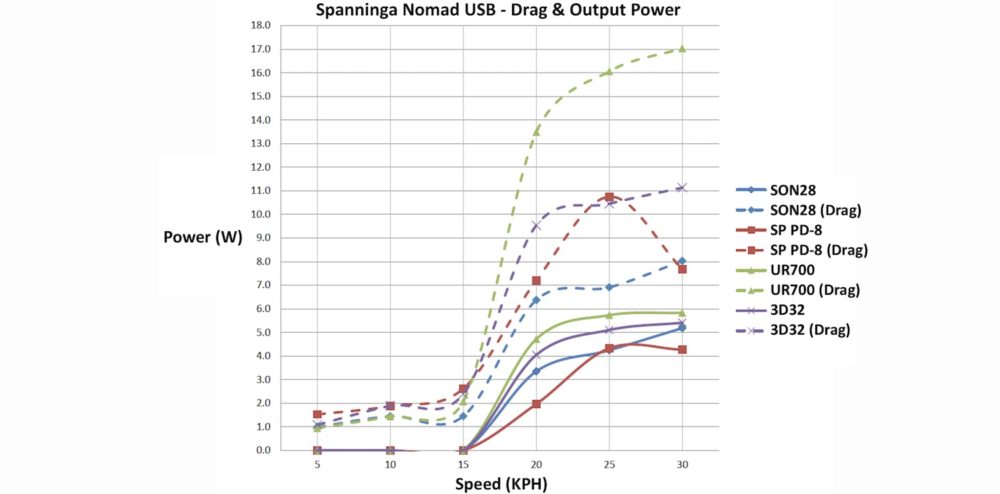
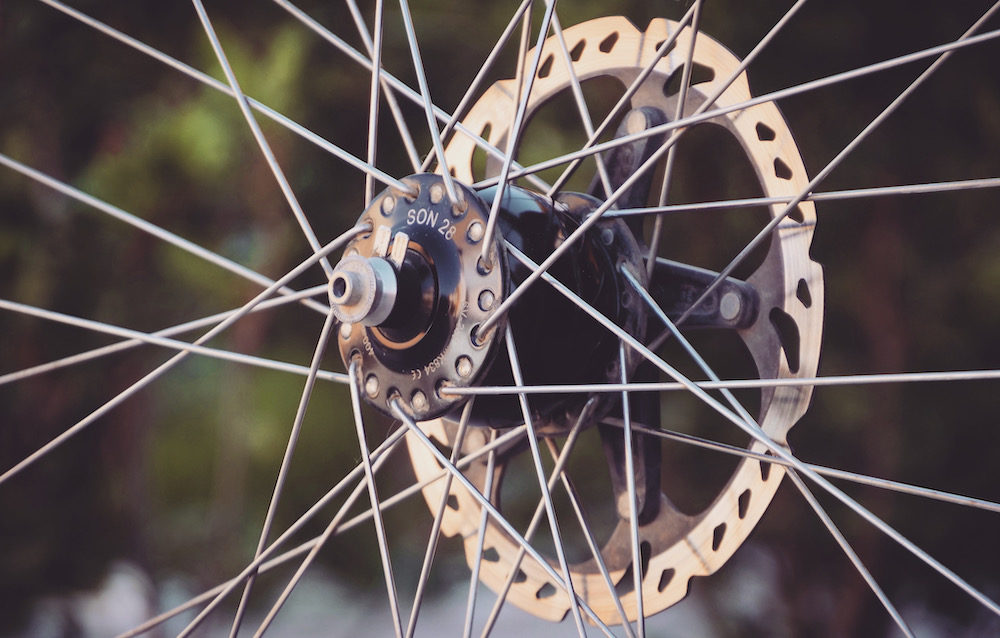


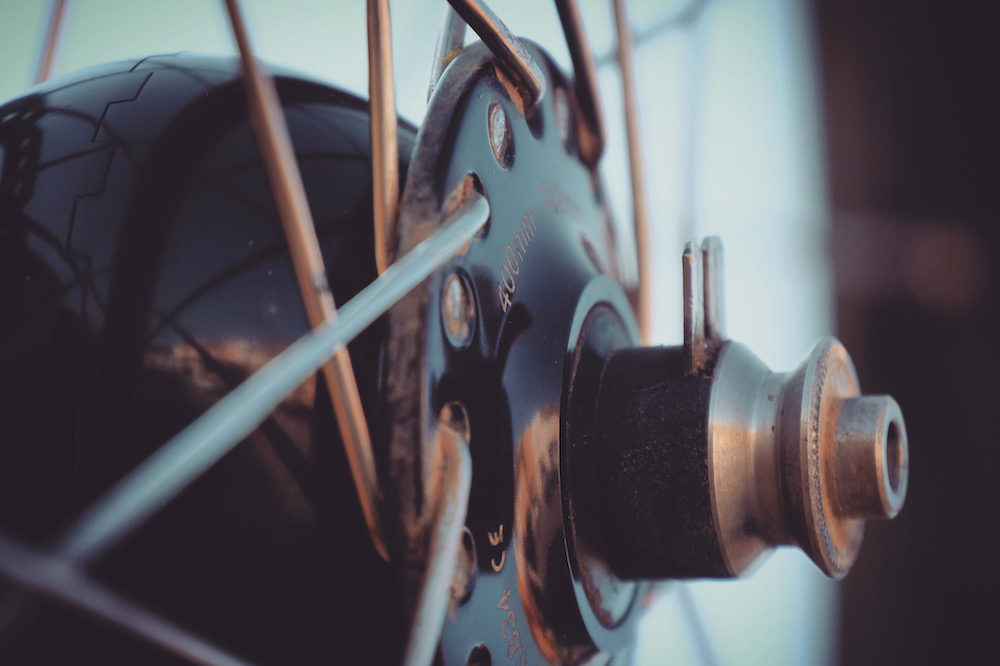

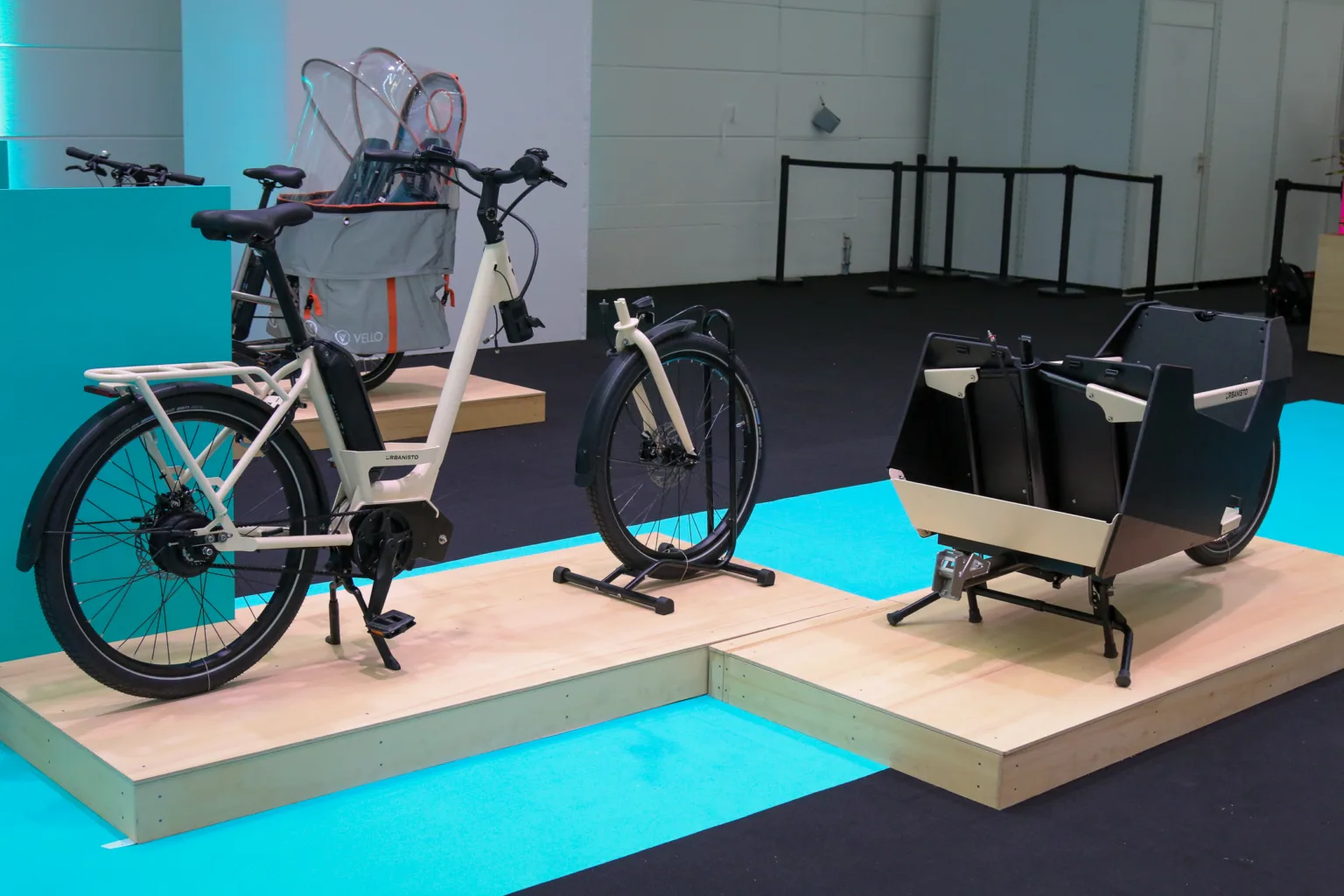

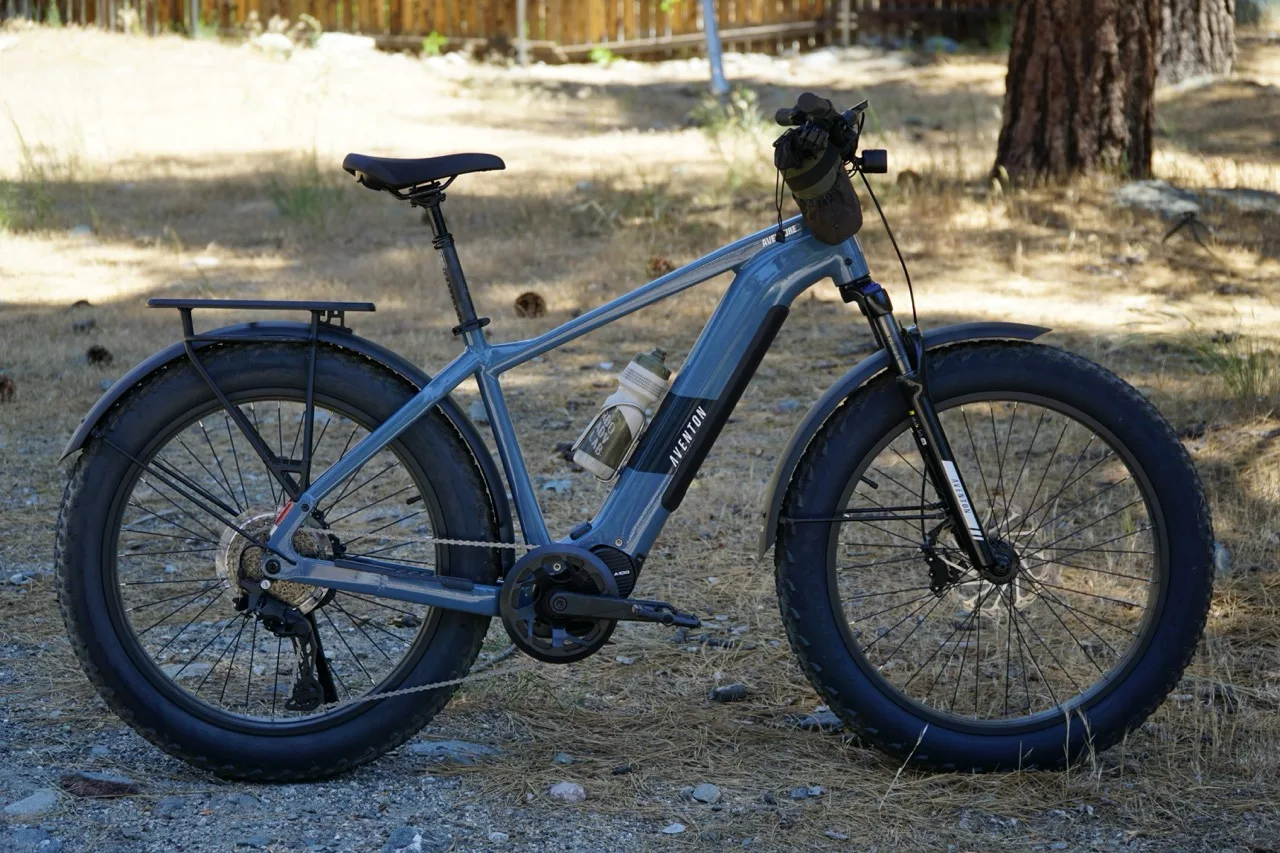
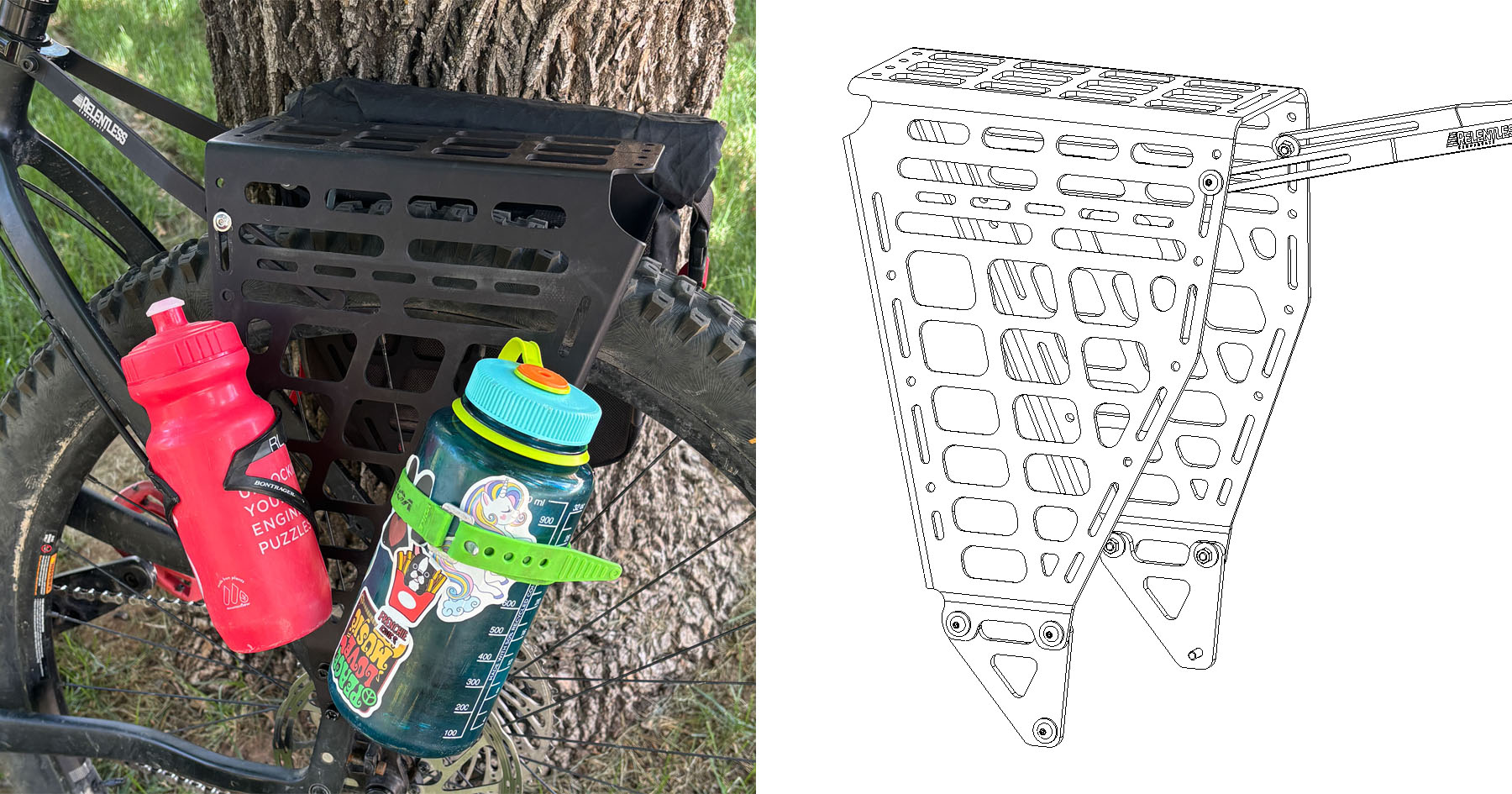
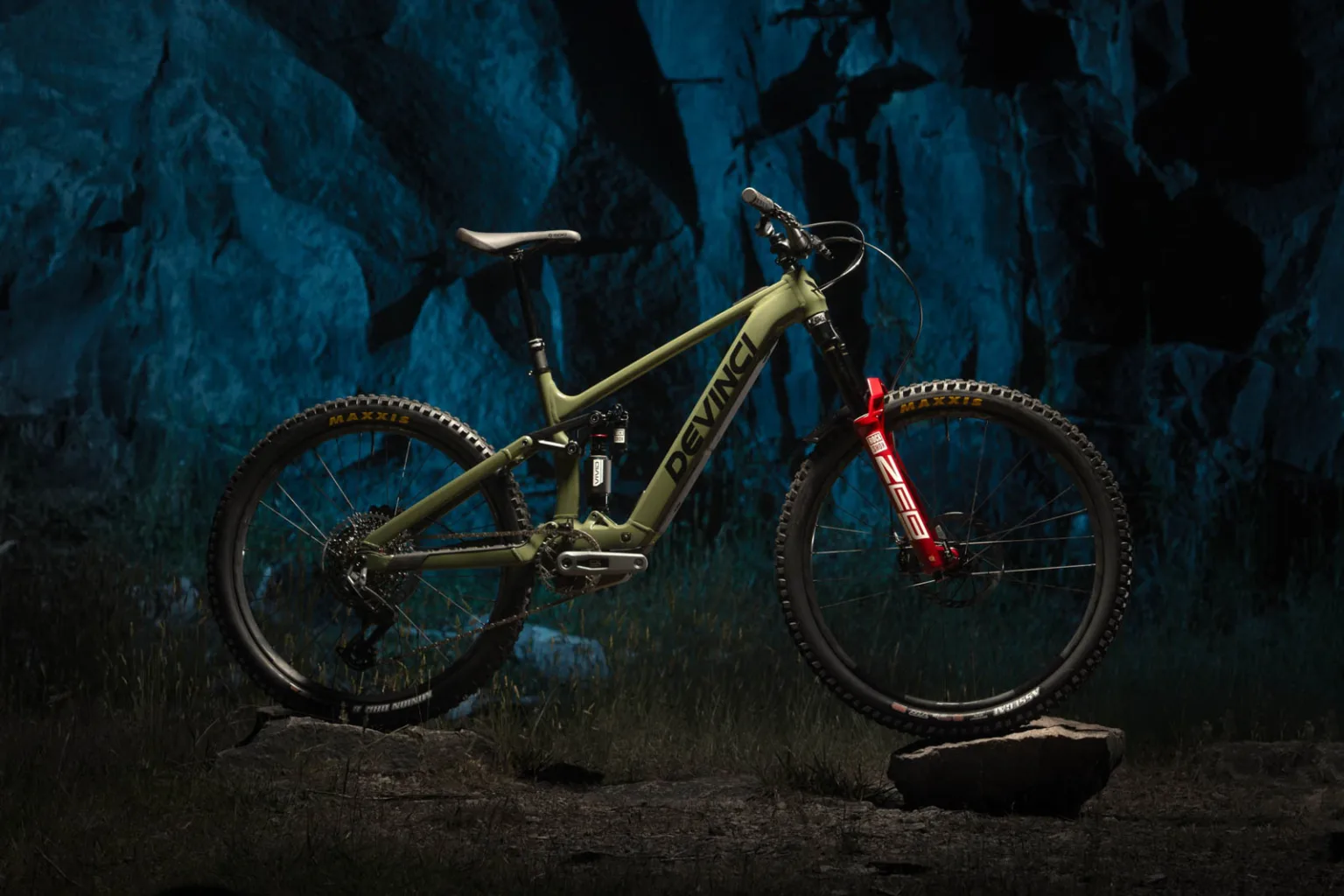

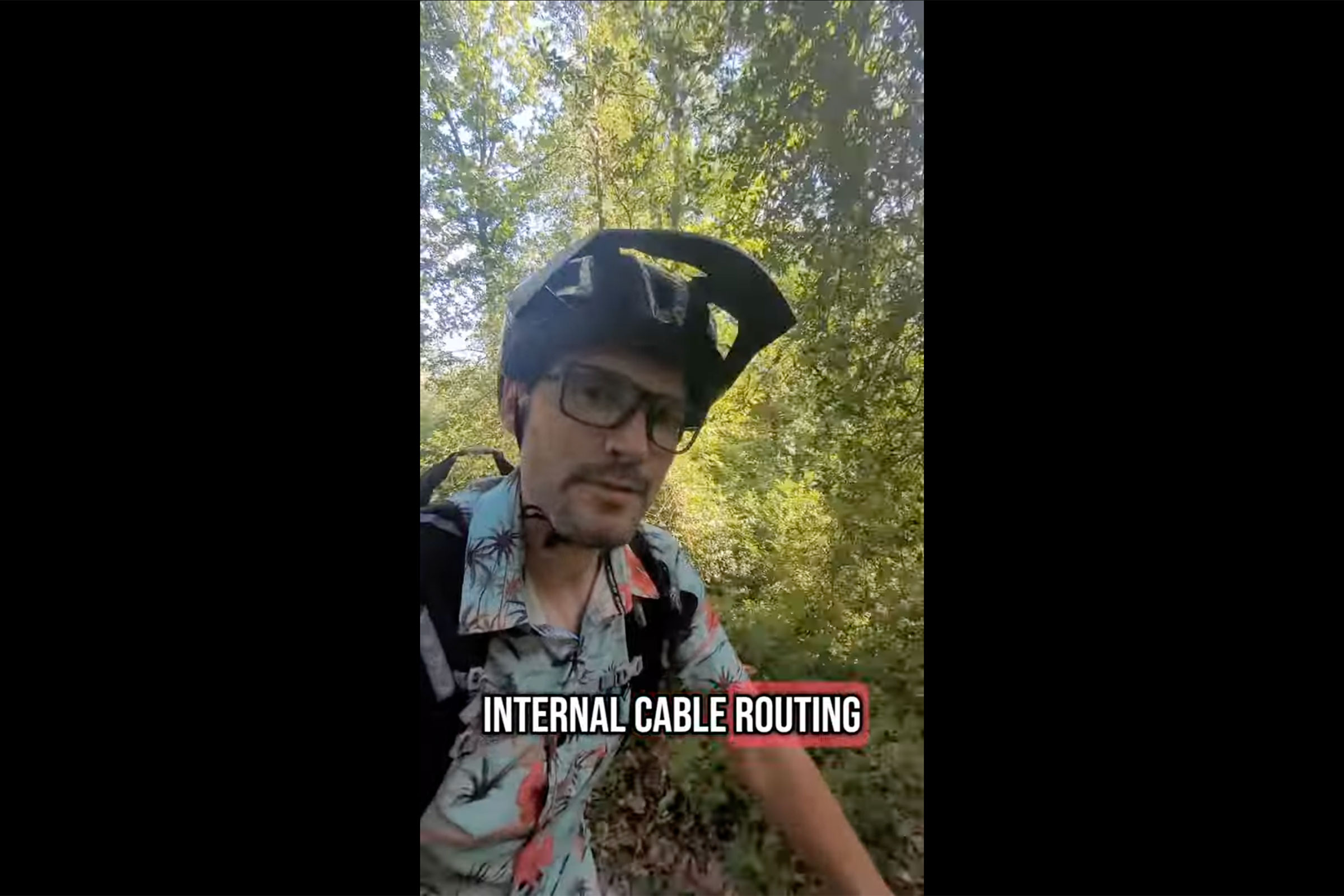


 English (US) ·
English (US) ·  French (CA) ·
French (CA) ·  French (FR) ·
French (FR) ·